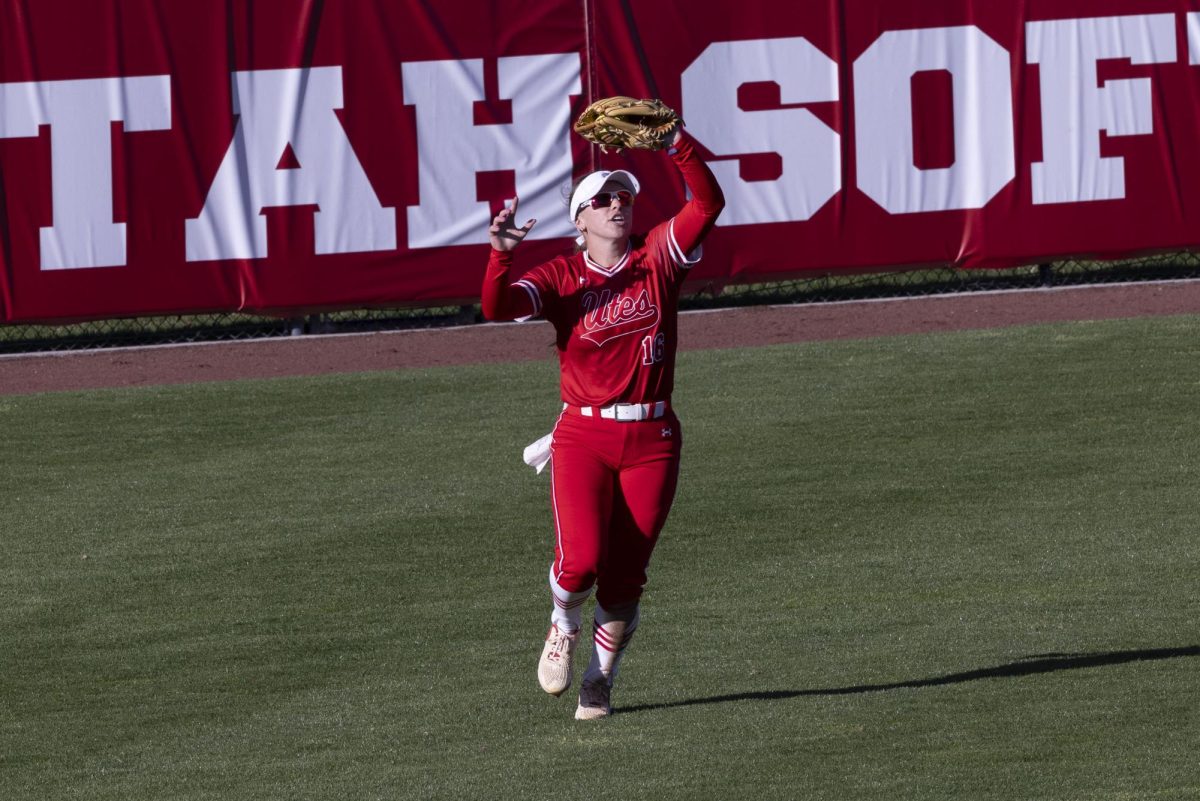Administrators say low American Indian enrollment at the U is the result of cultural differences, stereotypes, lack of time and money and not enough preparation to go to college.
College is culturally different for American Indians, said U professor Nola Lodge.
“You feel like you’re in a place you’re not wanted,” she said.
American Indian students are best welcomed to a campus where there is a supportive community with students and faculty members, Lodge said.
American Indian student enrollment at the U accounts for about 200 students out of the 30,000 students at the U. Lodge, a professor in education, culture and society, said she was told by a high school counselor that she would never go to college.
Lodge did go to the U later in her life, while she had a daughter in high school and a son in the Air Force.
There are more American Indians living outside reservations, which brings more American Indian students to public high schools. Even though American Indians are in public high schools, they still aren’t being prepared for college, Lodge said.
Salt Lake Community College has more American Indians enrolled because it is less of a commitment of time and money. In two years, a student can graduate with an associates degree and start working.
A university is a longer, costlier commitment for students who devote a lot of their time and income to taking care of their families, Lodge said. By tutoring, mentoring and offering social opportunities on campus, the U will be able to increase the admission rate of American Indians, she said.
Students and faculty should also do their part to welcome American Indian students by being more sensitive and working toward an inclusive environment, Lodge said.
“It’s crucial that students understand beyond the stereotypes on television,” she said.
Lodge hopes the U will become a more welcoming place for American Indians and that with the recent additions of the Center for Ethnic Student Affairs and the Indian Resource Center, the enrollment of American Indians will increase. The U also brought two American Indian professors, Lodge and Lena Judee, to the U to aid in recruitment.
The Indian Resource Center is located in Building 622 in Fort Douglas and has been open since January 1996. The center took five years to be approved and funding for the center has solely come from the U for the past two years.
All students, no matter what ethnicity, come from different backgrounds that can affect whether or not they go to college, said Paul Brinkman, vice president of budget and institutional analysis.
There are more than 600 American Indian tribes in the United States. There are five indigenous tribes in Utah and members of 30 different tribes live in the Salt Lake Valley.
 Tyler Cobb
Tyler CobbStudents participate in the getting to know you portion of the welcome events put on by the American Indian Resource Center at the begging of the year. The event gave American Indian students a chance to meet other American Indian students.















